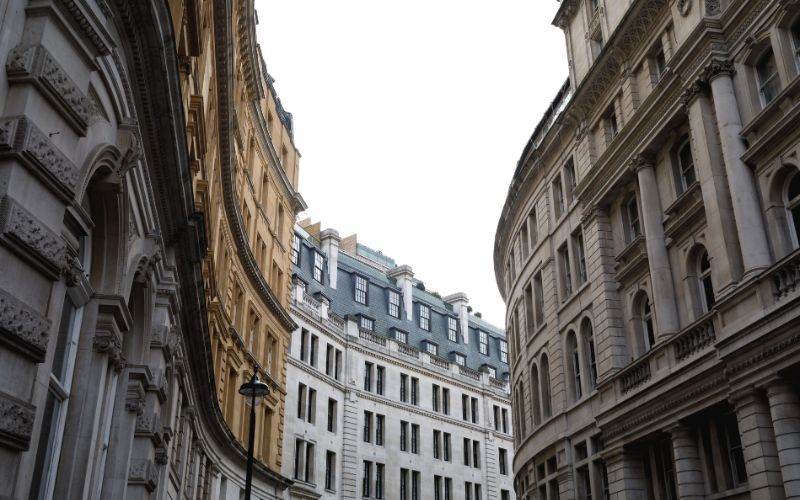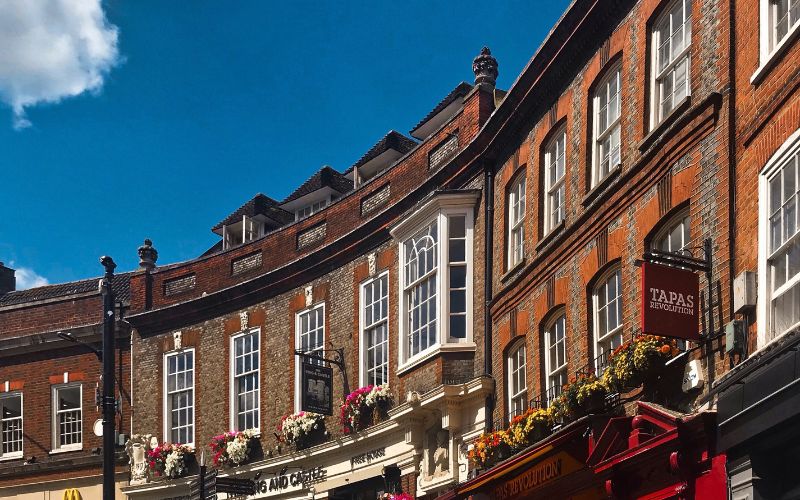Whether you’re the homeowner of a graded property or a landlord for a listed commercial build, there are many rules when it comes to renovations, alterations, and extensions -which can make it difficult to understand what works can and cannot be undertaken.
Step 1: Research what restrictions apply to your building type
There are three different types of listing a building can be registered as: Grade I, Grade II*, or Grade II.
Described as “of exceptional interest” there are around 6,000 Grade I buildings across the UK. Ranging from cathedrals to castles, 2.5% of listed buildings are Grade I.
Following on from Grade I, 5.5% of listed buildings are given a Grade II* rating. Described as “of particular importance” this type of graded building is rarer and less likely to be a private residential dwelling.
If you own a Grade I or Grade II* listed building, you will need to consult your local planning authority and the statutory heritage body, Historic England, who will be able to advise on any works you may be considering.
Furthermore, Grade II is the most common listing a historical building can receive with 92% of all listed buildings falling into this category.
Owners and of Grade II buildings must still seek advice from a local planning authority and follow the rest of the steps before making any changes to the property.
Step 2: Seek advice

If you are planning any alterations, extensions, or any renovations on your historic property, you will need to approach Historic England or your local planning authority for advice.
Most changes that are approved are those described as “like for like”. For example, replacing old windows with newer designs.
In some instances, planning permission must be obtained. Unauthorised changes can result in hefty fines and criminal prosecution, so it’s always best to check before starting works.
Most local planning authorities often use the phrase “retain, rather than replace” rule when it comes to advice for altering historic buildings.
Step 3: Applying for consent
Once you’ve completed the first two steps, applying for consent is imperative. If you carry out the works without having obtained planning permission, owners and tenants will be forced to reverse the changes which can be costly and time consuming.
Applications can be submitted by via the Government’s Planning Portal, or through the relevant local planning authority’s website.
Those who have applied for consent can expect to hear back within six to eight weeks. Where consent has been denied, you will have six months to appeal this decision.
Step 4: Find a specialist
Once consent has been given, a Chartered Building Surveyor can assist with any of your property needs.
From Project Management to Monitor Surveying, Planned Preventative Maintenance Surveys to Party Wall, they are experts in commercial and residential property needs.
Building Surveyors can help preserve the building’s original structure whilst delicately implementing changes to ensure the finished project meets your needs, working with you every step of the way.
Ensuring you appoint the right team will save time and money. Seeing a project through to completion allows the specialists to be familiar with the property, which can help them identify any problems that may arise along the way.
Step 5: Financial assistance

Check to see if you are eligible for any type of financial assistance. For example, there are some grants available for alterations and repairs via your local authority. Historic England may also offer financial assistance depending on your property type and eligibility.
Consider the potential cost of renovation works if you are yet to purchase the listed building. The purchase price can be negotiated depending on the cost of works that need to be undertaken.
This can ensure property owners and tenants aren’t struggling with running costs or saddled with a dilapidated property.
What defines a listed building?
A listed building is defined as a property that remains in good condition, usually predating the 18th century, and one of particular architectural or historical significance.
The older the building the more likely it is to be listed, but statistics show that most listed properties were constructed between the years 1700 and 1840. Every listed building is graded against a grading system which protects them with various laws.
There are rare occasions where a more modern building has received a listed status but it has to be at least 30 years old and meet a specific set of requirements for it to be listed.
Who are we?
From advice around feasibility, cost planning, undertaking the work in the current market, specifying works, overseeing and managing the implementation of changes, our chartered building surveyors will be able to identify any upgrades and advise you on the best measures going forward.
Read more about our solutions here:
Technical due diligence
Project management
Dilapidations consulting
Cost management
Monitoring Surveying
Party Wall
Contract Administration
Planned Preventative Maintenance
Email us at enquiries@sillencehurn.co.uk or call our Southampton team on 02380 014786 / London at 020 3143 2128





